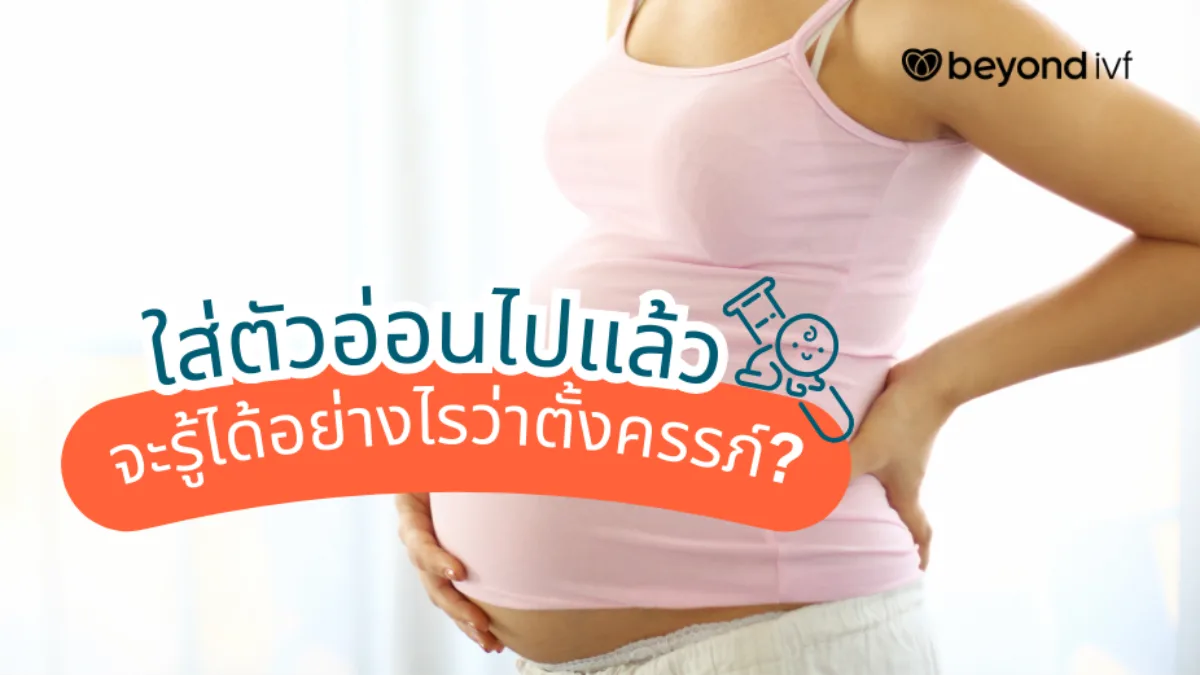How Can You Know if the Embryo Has Implanted Successfully?
For those experiencing infertility and undergoing IVF or ICSI treatment, the most crucial step is the embryo transfer. This is the moment when you hope the embryo will implant and develop into a baby. However, after the embryo transfer, you won’t feel anything immediately, and it’s not possible to detect the presence of the embryo in the uterus right away.
What you may experience is a sensation of heaviness or pressure in the lower abdomen. This is because, after the embryo transfer, the uterus receives more blood flow as part of the hormonal support to nourish the uterus. If you think of the uterus as a sponge, it’s like the sponge absorbing more fluid, making it feel heavier. This sensation is common and can cause concern for many women.
Side Effects After Embryo Transfer
Side effects after embryo implantation may resemble early pregnancy symptoms, such as mild abdominal cramps, breast tenderness, and body aches. Some individuals may also experience nausea and vomiting, while others might not feel any symptoms at all.
However, if you experience abnormal symptoms like vaginal bleeding, it’s important to consult a doctor immediately.
Therefore, it’s not recommended to overly focus on these symptoms, as they might cause unnecessary worry about the success of the procedure. To know if the procedure is successful, you need to monitor hormone levels, particularly the hormone produced by the placenta called HCG. After the embryo implantation, it typically takes about 10-14 days for the placenta’s cells to connect to the mother's blood vessels. Once connected, the placenta will begin releasing HCG into the mother’s bloodstream. Blood tests can detect this hormone, confirming pregnancy.
For those who don’t undergo blood tests, after waiting for 10-14 days, you can then wait another 1-2 weeks (17-21 days), during which time hormone levels will be high enough to be detected in a urine pregnancy test.
What should be done after embryo transfer?
After embryo transfer, you should avoid sitting or standing up for at least 30 minutes. Some individuals may experience weakness, abdominal discomfort, dizziness, or lightheadedness, so it's advised not to drive yourself. You should have your husband, relatives, or someone close accompany you instead.
You should insert vaginal medication and take prescribed medications strictly as instructed by your doctor. Refrain from sexual intercourse for 14 days. Do not douche or wash your vagina.
Avoid strenuous exercise or lifting heavy objects as this could increase the risk of miscarriage.
Regarding diet, you can eat normally, but it’s important to consume foods high in fiber to prevent constipation or diarrhea, as these conditions can affect the success of the pregnancy. Avoid raw or undercooked foods.
Avoid crowded places or areas with many people.
Therefore, during the early stages after embryo transfer, monitoring for pregnancy is essential. This can only be done by observing hormone levels, as the symptoms experienced cannot confirm the pregnancy outcome.
If any women have concerns, they can consult at Beyond IVF or add us on Line @beyondivf for further information.






